Morcipán, Choripán’s Dark Twin
A funny thing happened this month while I was working on my post about Choripán. I happened to look again at the screencap from this month’s section of The List and notice something I hadn’t before.
Morcipán isn’t on our list, not directly, but like Choripán, the word is another portmanteau, this time of Morcilla, a Spanish/Latin type of blood sausage, and of course pan for bread. It appears to be a legit variant, though Argentina seems to have a penchant for sticking -pan on the end of anything to indicate sandwich–Choripán, Morcipán, Bondipan, Vaciopan, etc. I’ve had limited exposure to blood sausages but the ones I’ve had have not been my favorite–I like white pudding better than black, and the Korean blood sausages I tried contained tiny noodles that gave them an impression of worminess.
Since I have such a limited palate for them, and since I have a hard time getting hold of pork blood for sausages anyway, I looked for where I might find Argentine morcilla in Chicago. It turns out that attached to Tango Sur in the Southport corridor, just a couple doors down from the British shop Spencer’s that I visited recently, there’s a little Argentine bodega called El Mercado. I rode a Divvy bike to the neighborhood during my lunch break one day to check it out.
El Mercado has shelves full of dry goods; coolers full of Argentine (and American) drinks, cheeses, and other refrigerated and frozen goods; a butcher counter in the back where you can get Argentine chorizo, morcilla, and any number of meats; and a heated cabinet at the register where you can get house-made empanadas in various flavors.
I went to the back and chatted with the butcher while he put together an order of chorizo and morcilla for me. The morcilla was dark, with a dessert-like aroma–cake spices? almond? It came tied with strings, and with the texture of a spreadable sausage–denser than boudin, lighter than black pudding, with a smoother, less rice-studded texture than I’d been expecting.
I asked the butcher about Morcipán–would the chimichurri be an appropriate condiment? “No, this is not as good with the morcilla,” he said. I bought some of theirs anyway just to compare to my own–the oil they use is darker and more flavorful, infused with dried chiles would be my guess, and they use less citrus, resulting in an overall earthier, less bright sauce. Still quite good though, as the many delirious Yelp reviews will attest. On my way out, I couldn’t resist getting a couple of empanadas to snack on, which were also excellent.
I still had no idea what else should go on my Morcipán, so I turned back to the internet. The two sauces mentioned most often with Morcipán, and with Choripán for that matter, are chimichurri and salsa criolla. I hadn’t yet gotten around to making a salsa criolla while pursuing the Choripán but it’s a simple enough sauce to make.
Salsa Criolla is yet another excellent condiment out of South America. It’s not spicy–you can make it that way but in general Argentinians are not huge chili-heads–consisting simply of sweet onion, bell pepper, garlic, and tomato with salt, olive oil, and vinegar. I also put a bit of red pepper flake and oregano in mine, and found it ready to serve immediately, fresh, bright, sweet and sour. Fair warning: I had lingering onion breath afterwards no matter how thoroughly I brushed my teeth.
For this round of sandwiches I picked up a few bolillo rolls from a local Mexican bakery.
They’re a bit on the large size for these sausages but texturally they’re just right–fresh off the grill they’ve got a nice crisp crust, yet the insides are soft enough to mold themselves around the fillings rather than squishing them out. They can be cut all the way through for sandwiches or partway through and used as a sausage roll.
The morcilla burst open on the grill, not unexpectedly though, and without losing too much of their interior to the flames.
Slicing and pan-frying them works out better–the edges crisp up and give them some welcome additional texture.
I made my Morcipán with chimichurri and salsa criolla, distributing the rapidly disintegrating morcilla as evenly throughout the bolillo as I could.
The morcilla has a creamy, pudding-like texture, and mildly seasoned–salt and cake spice aromatics, garlic, some leek perhaps–so the biggest flavors are congealed blood and fat. That’s far more attractive than it sounds though–the blood flavor is like a mild organ meat, slightly less rich, slightly more metallic, very mild though. And fat is essential to any good sausage.
This was easily the best blood sausage I’ve had, but again, its competition was not vast. I’m not sure what the butcher thought would have been a better accompaniment for it but it worked well enough in the bolillo with chimichurri and salsa criolla. I had another for breakfast the next day with the same two sauces and a couple of fried eggs–even better.
Best of all though was when I simply pan fried it and ate it plain with fried potatoes. I’m not sure that Morcipán is the ideal use for a delicate and unique sausage like morcilla, but I’m glad I spotted the reference and tried it.

I like sandwiches.
I like a lot of other things too but sandwiches are pretty great


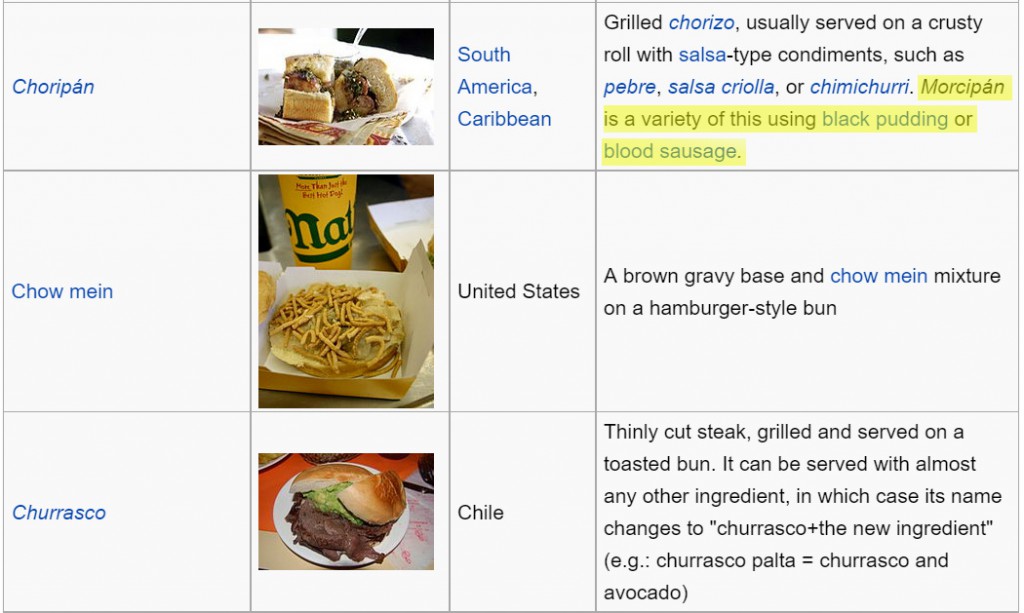
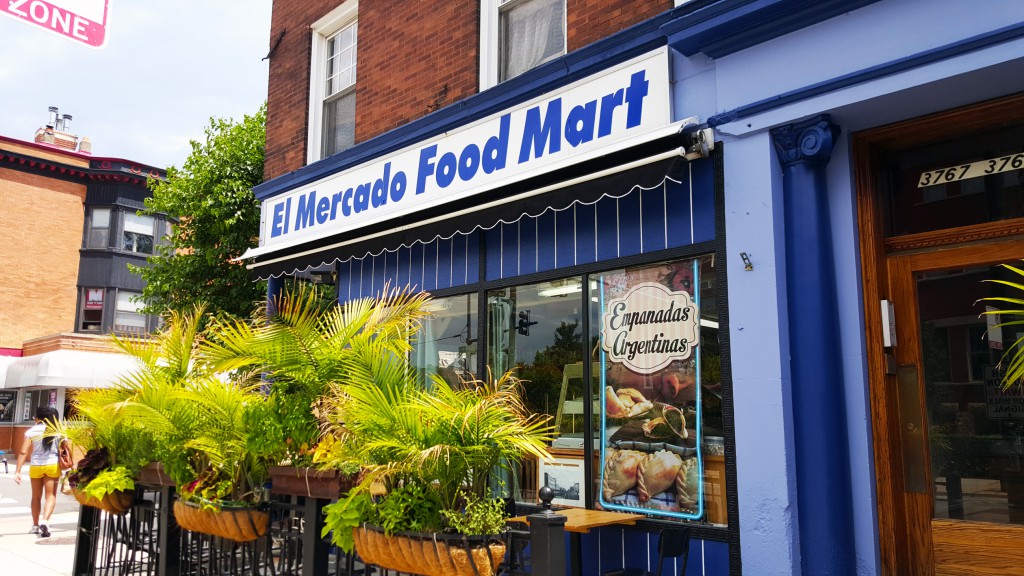
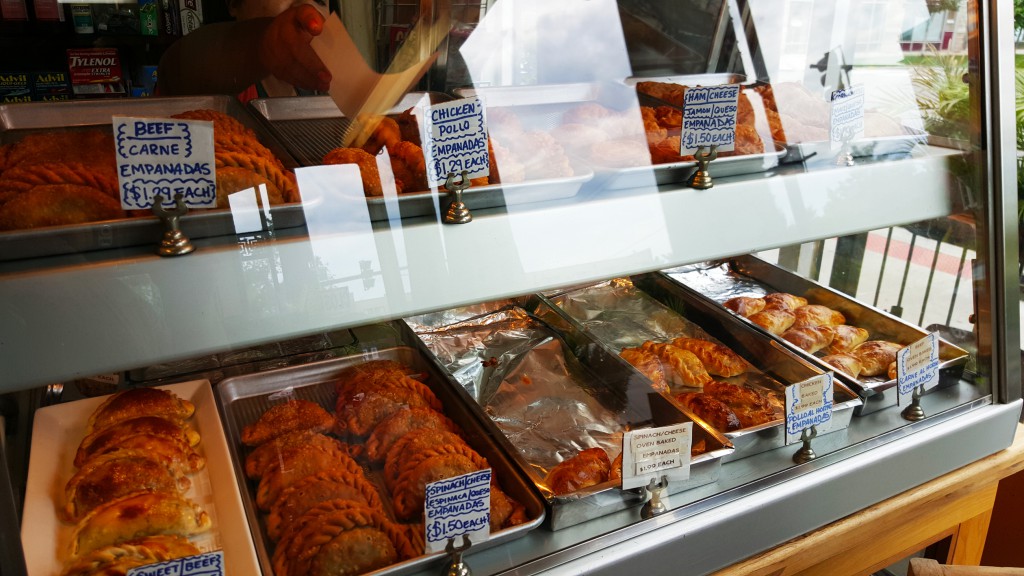
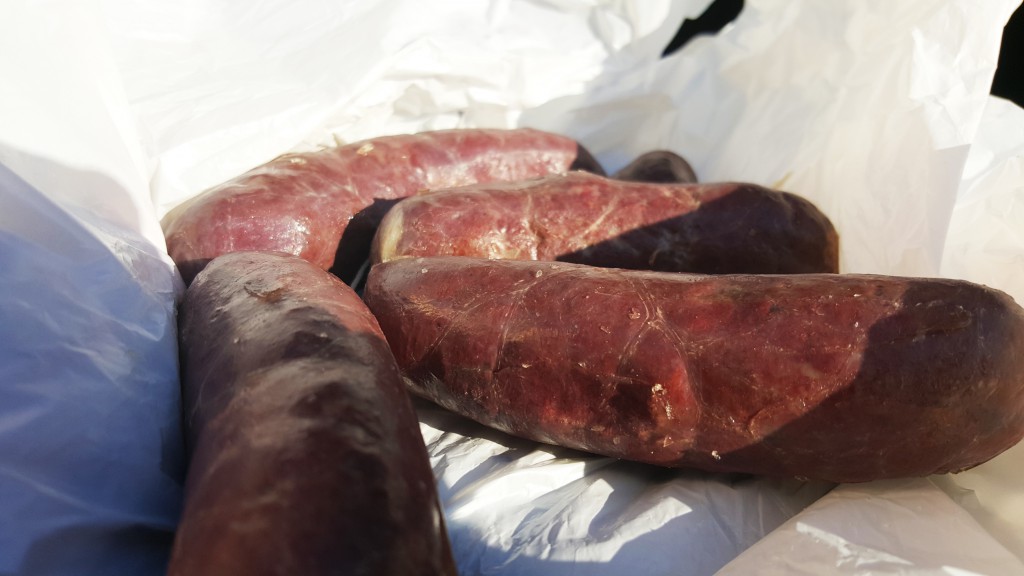
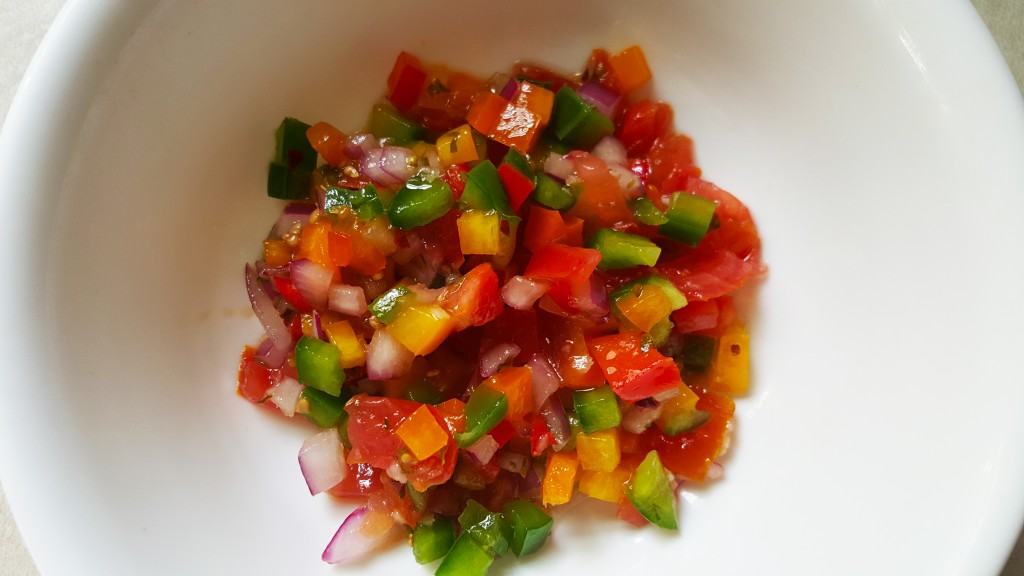
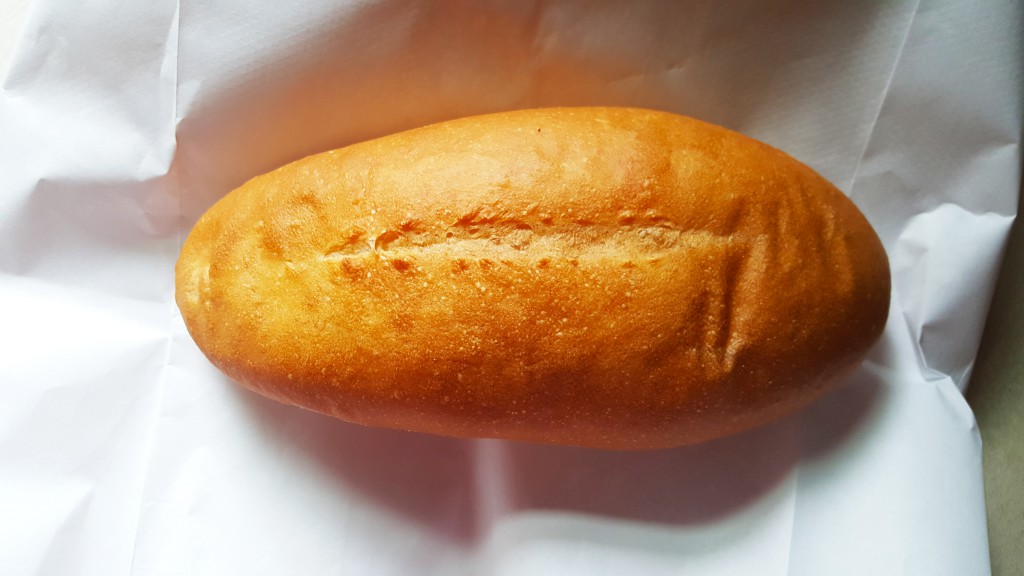
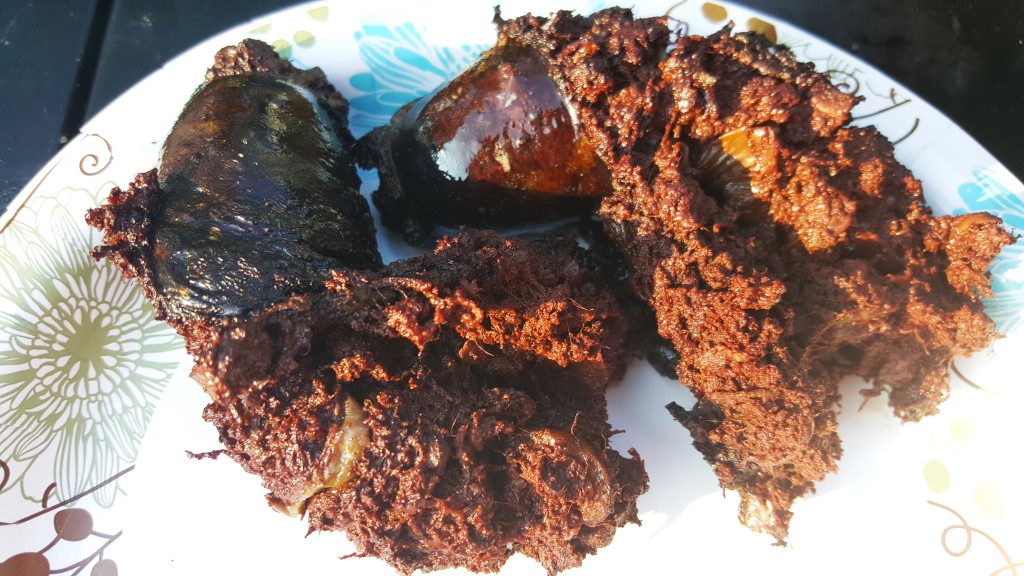
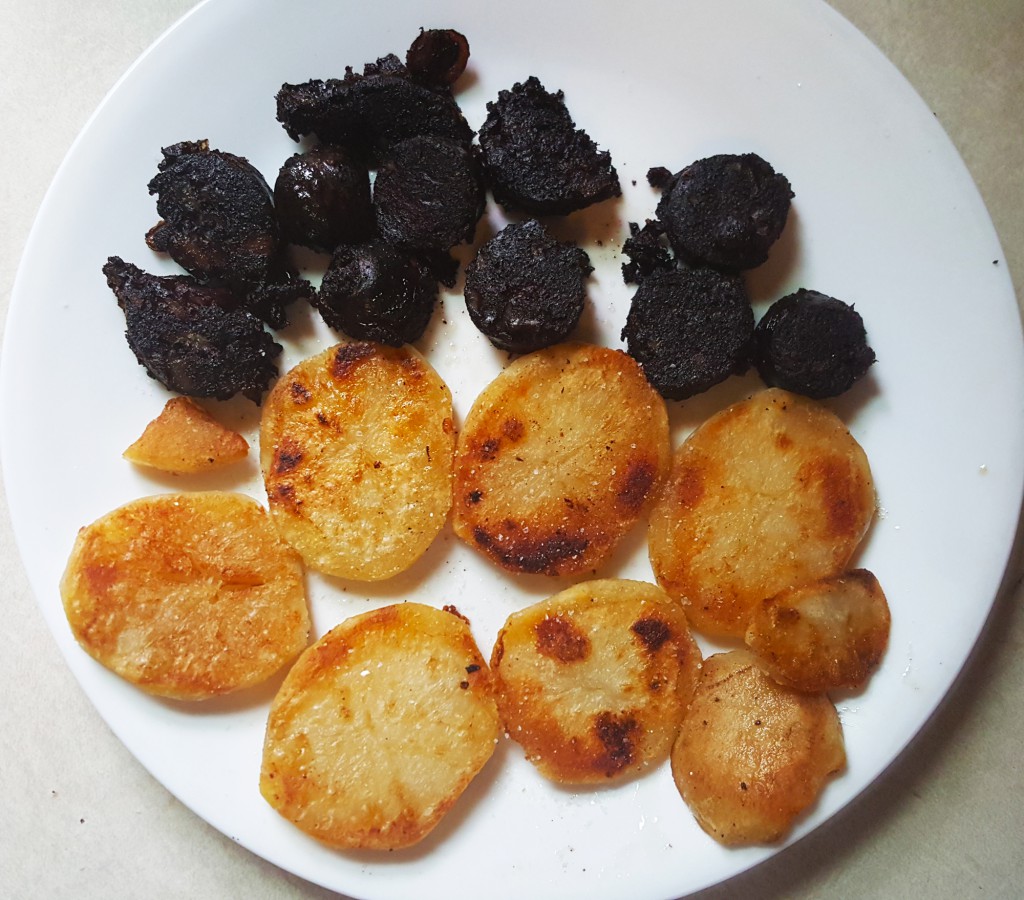
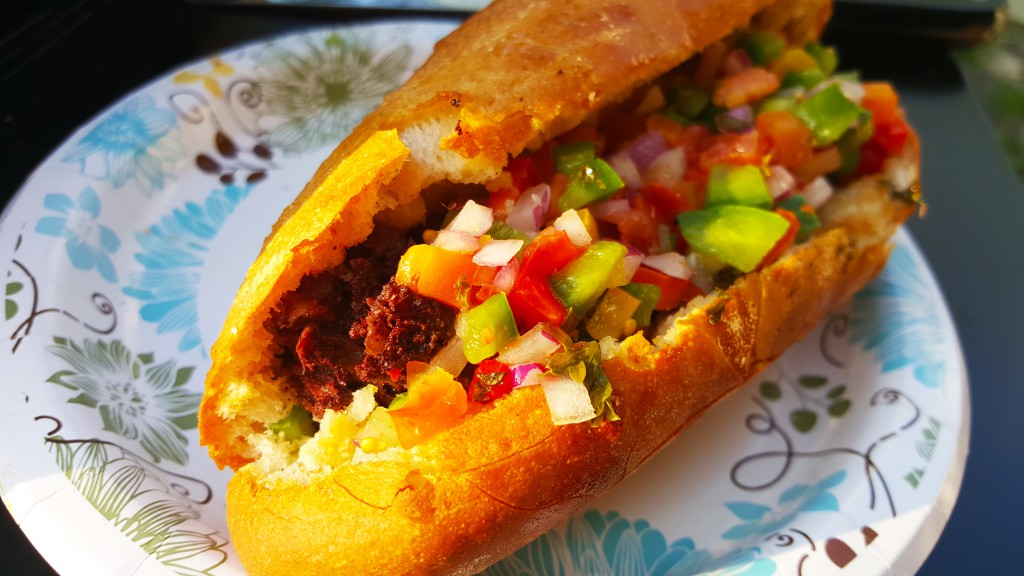
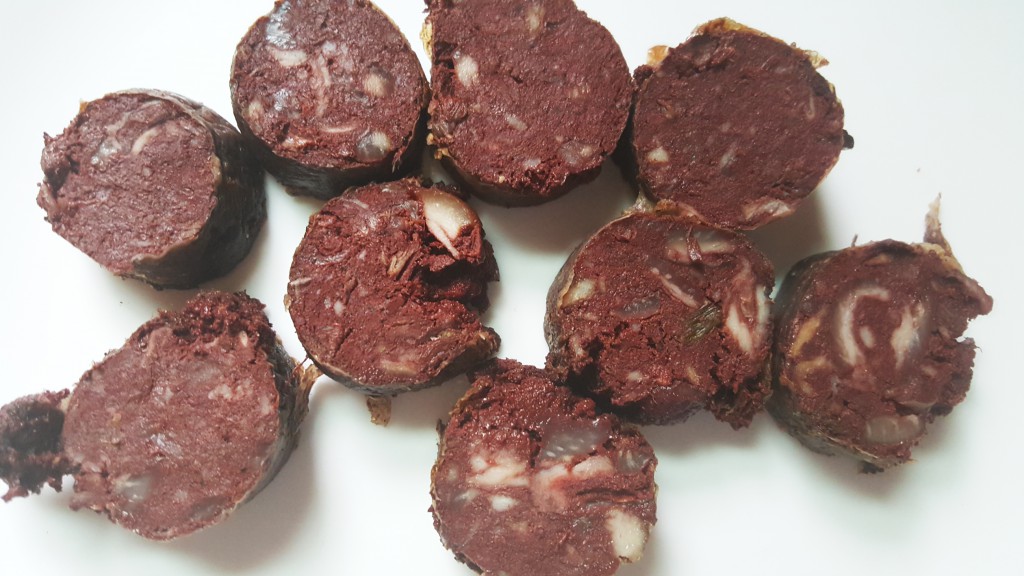

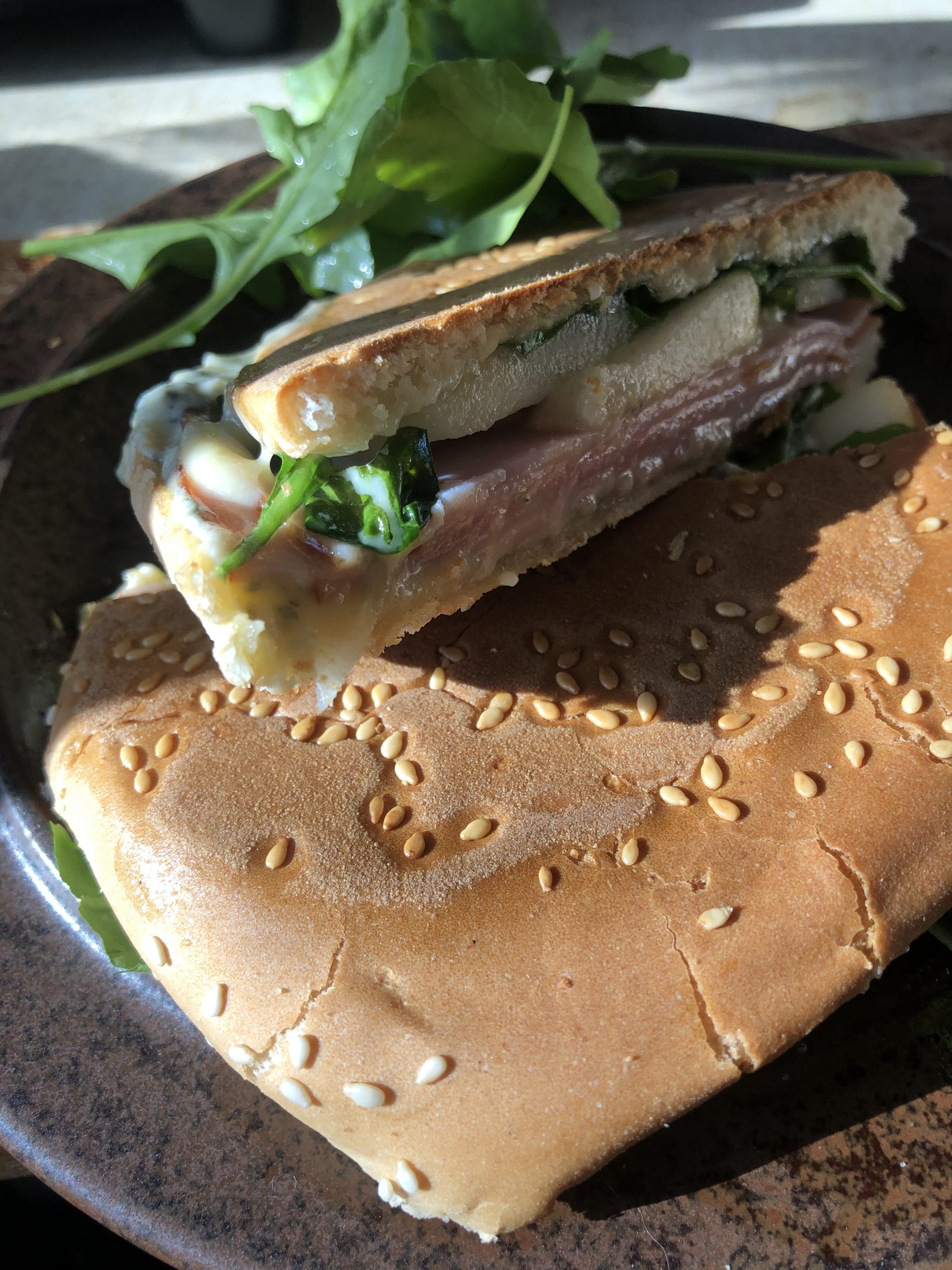







Recent Comments